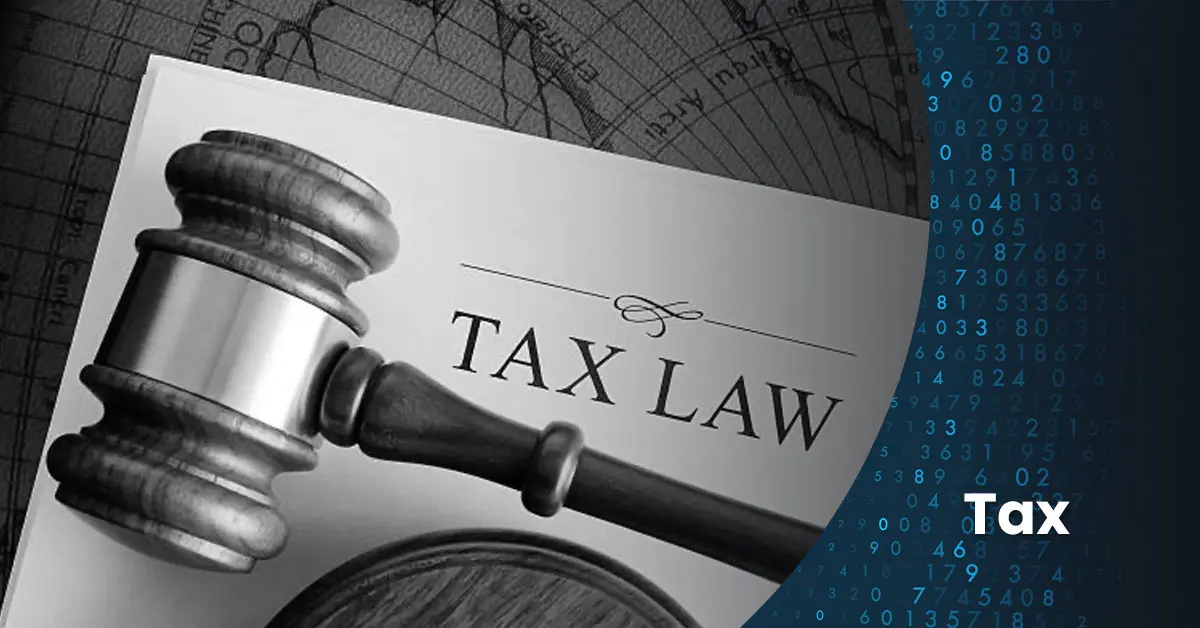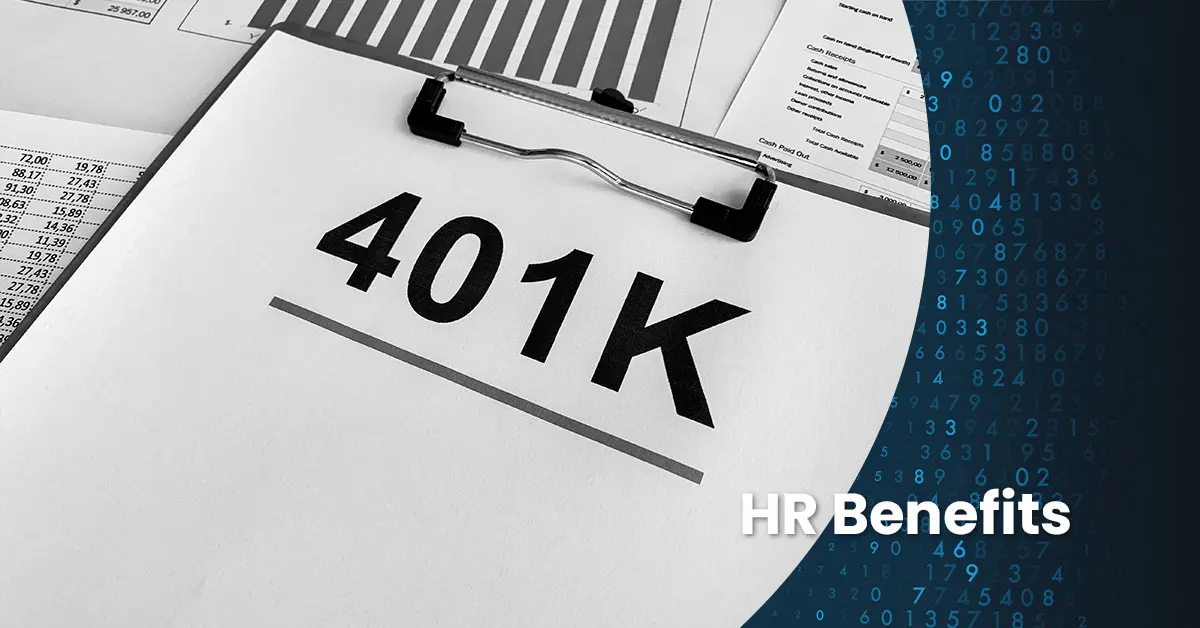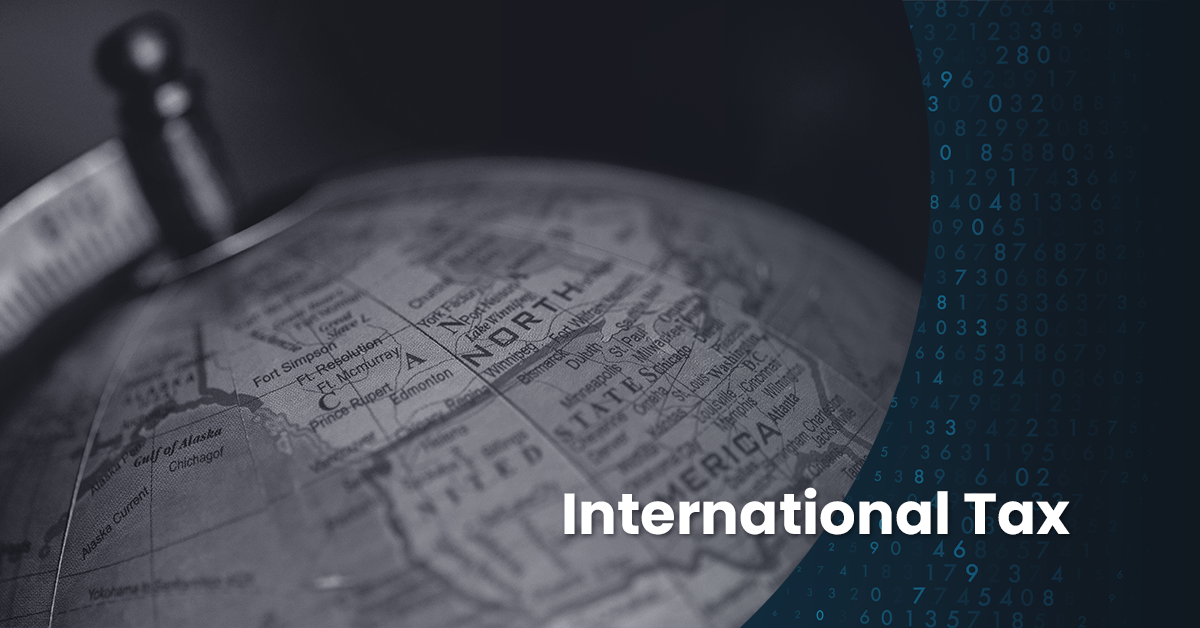The House of Representatives recently passed the “One Big Beautiful Bill,” promising significant changes to the American tax code and economy. With its approach heavily focused on tax cuts, job creation, and economic growth, this bill claims to be the largest and most pro-growth tax legislation in American history. But what exactly does it entail, and what does it mean for everyday Americans and businesses?
Below, we take a detailed look at the key provisions of the “One Big Beautiful Bill,” breaking down what it truly offers and the potential impacts on individuals, families, and businesses.
What is the “One Big Beautiful Bill”?
Formally titled “An Act to Provide for Reconciliation under Title II of H. Con. Res. 14,” this sweeping legislation builds directly on the successes of the 2017 Tax Cuts and Jobs Act (TCJA). It not only extends and makes permanent many of the tax cuts introduced in the TCJA, but it also introduces new benefits aimed at middle-income families, small businesses, and the American workforce.
The primary goal of the bill is to boost the domestic economy by creating tax conditions that favor individuals and encourage businesses to grow, innovate, and stay competitive on a global scale.
Key Features for Workers and Families
Bigger Take-Home Pay for Families
The bill proposes an expanded child tax credit, increasing it from $2,000 to $2,200 per child, effective starting in 2025. Families also benefit from a permanently increased standard deduction, which will now sit at $31,500 for married couples and $15,750 for individuals.
For seniors, the legislation provides a $6,000 tax exemption, significantly reducing their tax burden and supporting financial stability during their retirement years.
Tax Relief for Wage Earners
Workers who earn less than $100,000 annually are set to see an average 12% reduction in tax liability. Tipped employees, such as service industry workers, will no longer face taxation on tips up to $25,000 per year. Similarly, hourly workers will enjoy up to $12,500 in tax-free overtime wages.
By focusing on reducing the tax burden for the working and middle classes, the bill aims to leave more money in Americans’ pockets, easing the cost-of-living pressures.
Supporting Education and Family Growth
To encourage savings and investments for future generations, the bill expands 529 education savings accounts to include K–12 materials and trade certifications. Additionally, the adoption tax credit has been enhanced, making adoption more financially viable for families.
For working parents, the child and dependent care credit has been expanded alongside paid family leave tax incentives, making child care and family time more accessible across all states.
Business Provisions to Drive Economic Growth
Permanent Small Business Support
Small business owners will benefit significantly from the permanent extension of the 20% small business income deduction. This means more businesses will retain capital that can be reinvested in growth, innovation, and staffing.
Additionally, a minimum tax deduction for businesses earning over $1,000 in qualifying income ensures that tax relief is accessible even to minimally profitable ventures.
Incentives for Domestic Investment
The bill makes full expensing of domestic research and development (R&D) costs and capital investments permanent. This boosts innovation while encouraging entrepreneurs to build and expand within the United States rather than overseas.
The return of 100% bonus depreciation for specific tangible property, such as equipment and machinery, also accelerates financial returns for companies investing in improvements.
Opportunity Zone Enhancements
Opportunity zones, first rolled out under the TCJA, have been reinvigorated with expanded incentives. High-net-worth individuals have reduced tax exposure for investments in underserved communities, with a particular focus on rural areas. This provision ensures capital flows into areas most in need of economic stimulation.
Impact on Corporate America
Large corporations also see significant benefits under this legislation. Critical provisions include maintaining the corporate tax rate at 21% and relaxing some elements of multinational taxation rules, such as adjustments to the Global Intangible Low-Taxed Income and Base Erosion Anti-Abuse Tax components.
These changes aim to preserve competitiveness in an increasingly global economy while simplifying tax compliance.
Addressing Healthcare and Consumer Costs
The bill addresses pressing social issues, including healthcare affordability and consumer cost relief. Health savings accounts have been expanded, allowing families to put away more money tax-free for medical expenses. Additionally, the repeal of burdensome IRS reporting requirements for gig workers using third-party payment apps like Venmo and PayPal provides significant ease to self-employed individuals managing their tax compliance.
Specific deductions, such as those for auto loan interest on American-made vehicles, aim to support both consumers and domestic manufacturing.
A Glimpse into the Economic Forecast
Proponents of the “One Big Beautiful Bill” are optimistic about its impact on the American economy:
- Job Creation: Up to 1 million new small-business jobs are expected to be created each year, with 7.2 million existing jobs protected.
- Household Relief: The typical family is projected to have an additional $10,900 in their annual take-home pay.
- Business Investment: Permanent expensing provisions are likely to encourage new factory construction and equipment upgrades, strengthening domestic supply chains.
However, critics note the potential long-term impact on the federal deficit, which is expected to increase by $3.1 trillion over the next decade, raising concerns about economic sustainability.
Building a Bright Financial Future
The “One Big Beautiful Bill” is potentially one of the most ambitious tax legislations in U.S. history, aiming to deliver broad-based economic benefits while reshaping taxation rules for individuals, families, and businesses alike.
Since the bill has now been signed into law, its implications will begin to take shape, and are expected to be analyzed and felt for decades to come. To understand how the bill may specifically affect you or your business, consider consulting with financial or tax professionals to maximize its benefits. Contact us today!





 Previous
Previous





